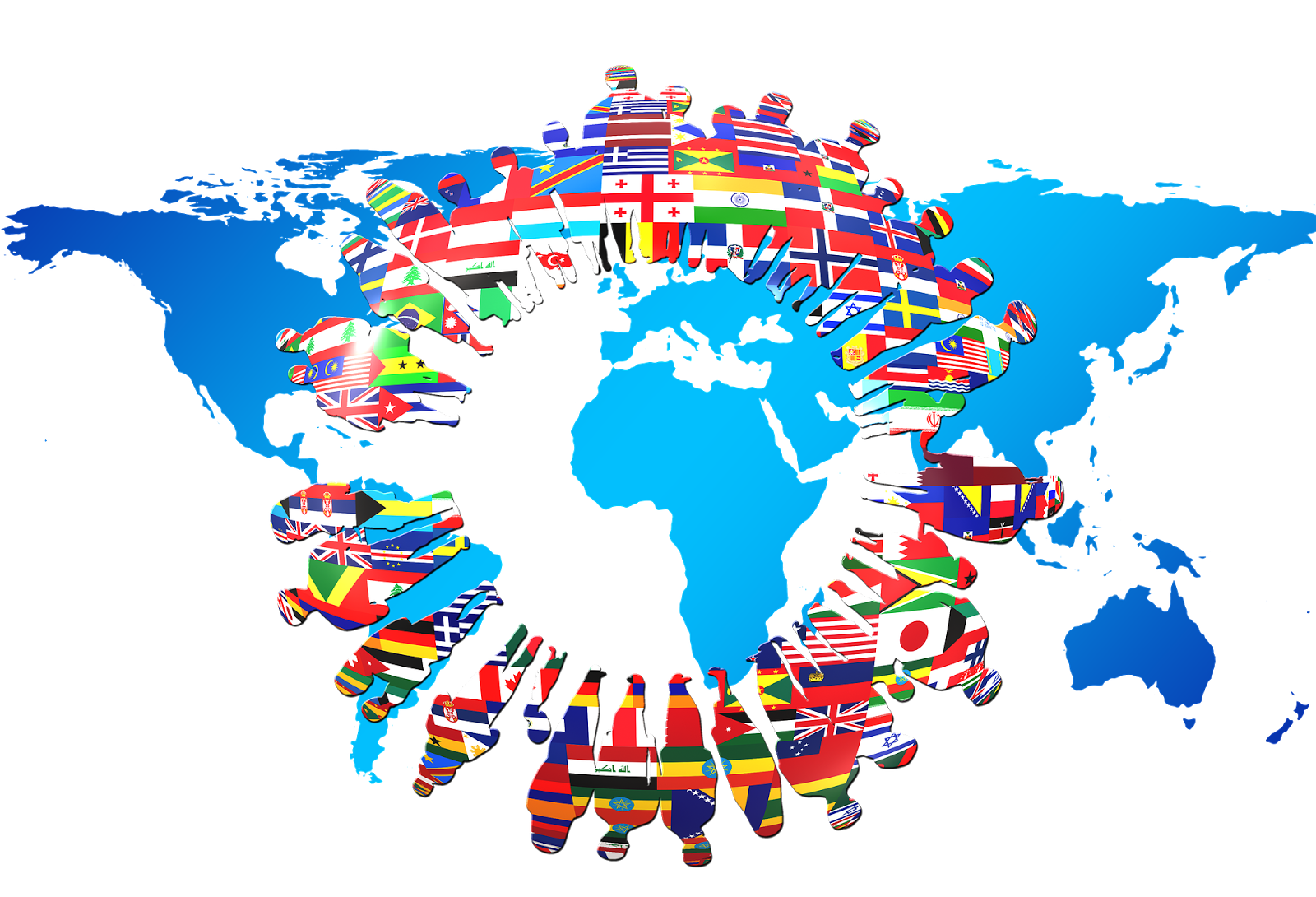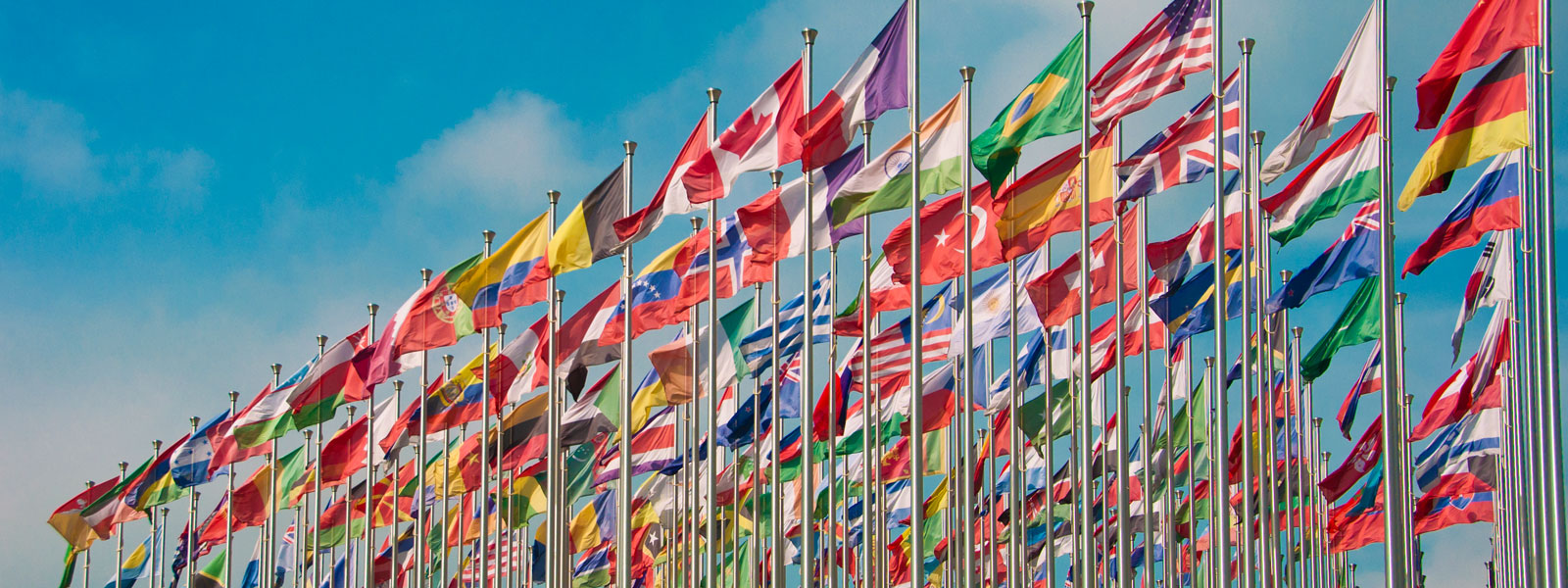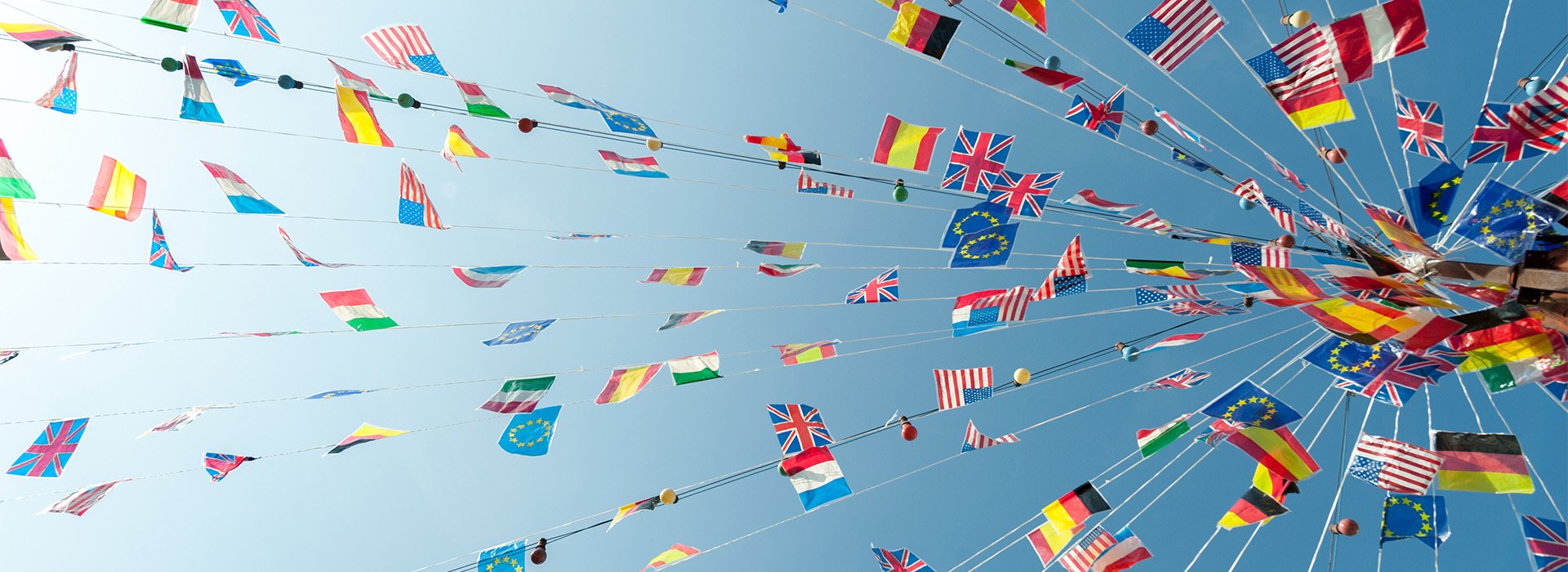
2 May 2024SUMMARY*Is there an elite?*
The evidence is overwhelming that there is a global elite or elites, numbering a few thousand.
*What do they do?*
They take global decisions on peace & security, economic devt, environmental sustainability, human rights, technological advance, decisions affecting our health, and our physical social and mental wellbeing.
*Who are they?*
Politicians, more or less legitimate, from where come the ideologies...










